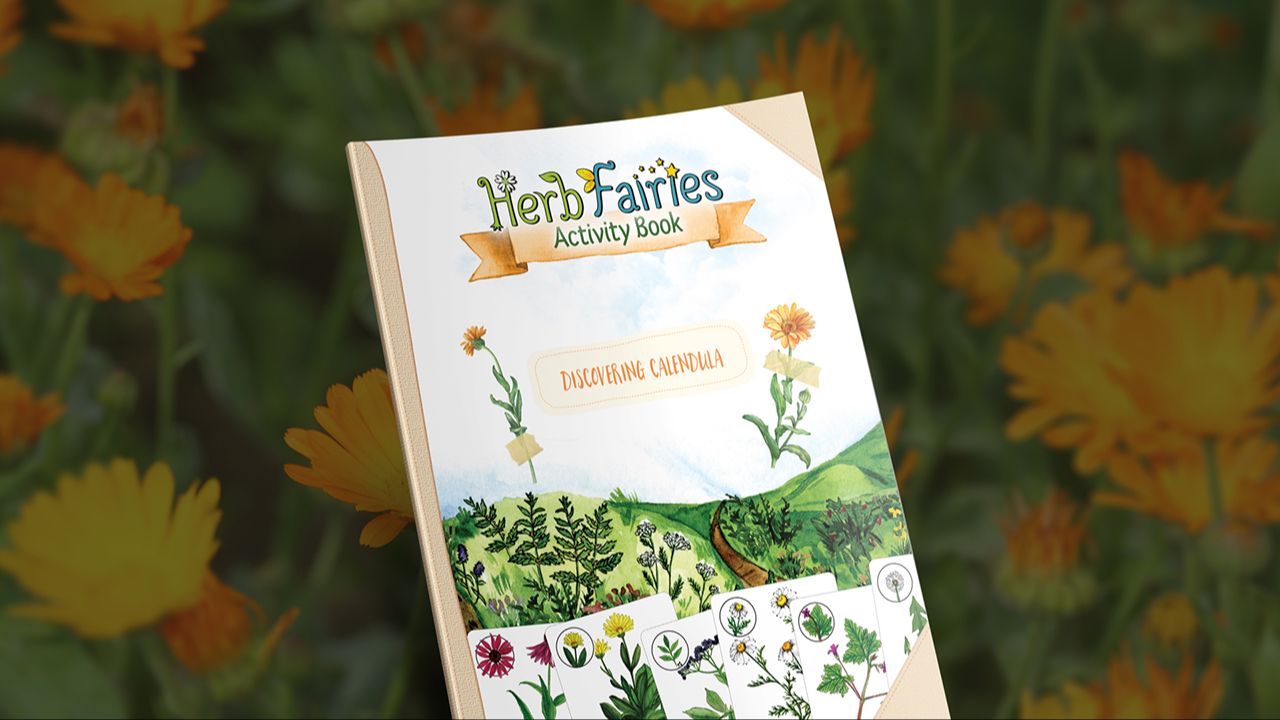
Herb Notes: The Benefits of Violet
With their heart-shaped leaves and beautiful flowers, violets (Viola odorata) are a delight for the heart and soul. Beyond their charming looks, violets also offer many healing gifts.
Let’s dive into 3 benefits of violets…
1. Violet for Skin Irritations
Violet, including violet leaves and violet flowers, are demulcent. This means they are moistening for our tissues. Violet pairs this moistening quality with its anti-inflammatory properties to soothe and nourish dry skin conditions. It also has an affinity for soothing itchy skin conditions. To support dry skin, you can infuse violet leaves into a carrier oil or make a wash with violet tea.
2. Violet for Dry Coughs
Just as violet’s demulcent quality makes it a fantastic ally for dry skin, this same quality also makes violet a great remedy for a cough that’s dry. Violet can soothe dry, irritated respiratory tissues as a cough syrup or tea. To make a simple syrup with violet syrup, you can check out this recipe. This cough remedy includes fresh violet flowers and a few drops of lemon juice to turn the syrup a beautiful purple color.
3. Violet for Joy
It doesn’t take a professional herbalist to tell you that violets spark joy. These beautiful blooms announce the arrival of spring and gladden the heart with their vibrant colors and delicate petals. Violet has traditionally been worked with to tend to the emotional and physical heart. To enjoy the uplifting qualities of violet, you can massage violet-infused oil on your heart, enjoy a cup of violet flower tea, or a spoonful of violet syrup.
Violet Contraindications
Some violet species are high in a constituent called saponins. If eaten in excess, the violet leaves and flowers in these species can cause nausea and diarrhea.1
Want to Learn More About Other Common Herbs' Benefits?
Now that you've learned a little bit about the health benefits of violet, you might be wondering how you can learn more about the medicinal properties of other common plants.
Well, here’s the easy way to get more info about some of our favorite herbs: download a FREE deck of our top 12 Herb Notes here. You’ll learn all about the medicinal properties of common herbs like elderberry, dandelion, and more.
Here are a few frequently asked questions about violet and its medicinal properties...
What color are violet flowers?
Spotting wild violets on a hike or growing them is truly a delight for the senses. These spring flowers offer a splash of color and can come in a variety of colors: yellow flowers, white flowers, blue flowers, and purple flowers. Though they may seem like modest blooms in comparison to some larger, showier flowers, these delicate plants are truly a thing of beauty.
What are some of the medicinal species of violets?
When it comes to working with violet as a medicinal herb, here are two of the several species you can try: Viola odorata and Viola sororia.
How can I incorporate violet flowers into my meals as a wild food?
Violets are a culinary delight. To enjoy this fresh herb, you can add violet flowers as a beautiful garnish to salads and desserts. You could put fresh violets in ice cubes. You could combine sparkling water with some violet syrup for a tasty mocktail. You could make candied violets and enjoy them on their own or add them to other treats.
What are some herbal combinations I can try with violet?
This gentle herb lends itself well to formulation. Violet pairs well with calendula in an infused oil. Violet syrup (with purple violet flowers for that beautiful purple syrup color) would pair well with elderberry, marshmallow, and burdock.










